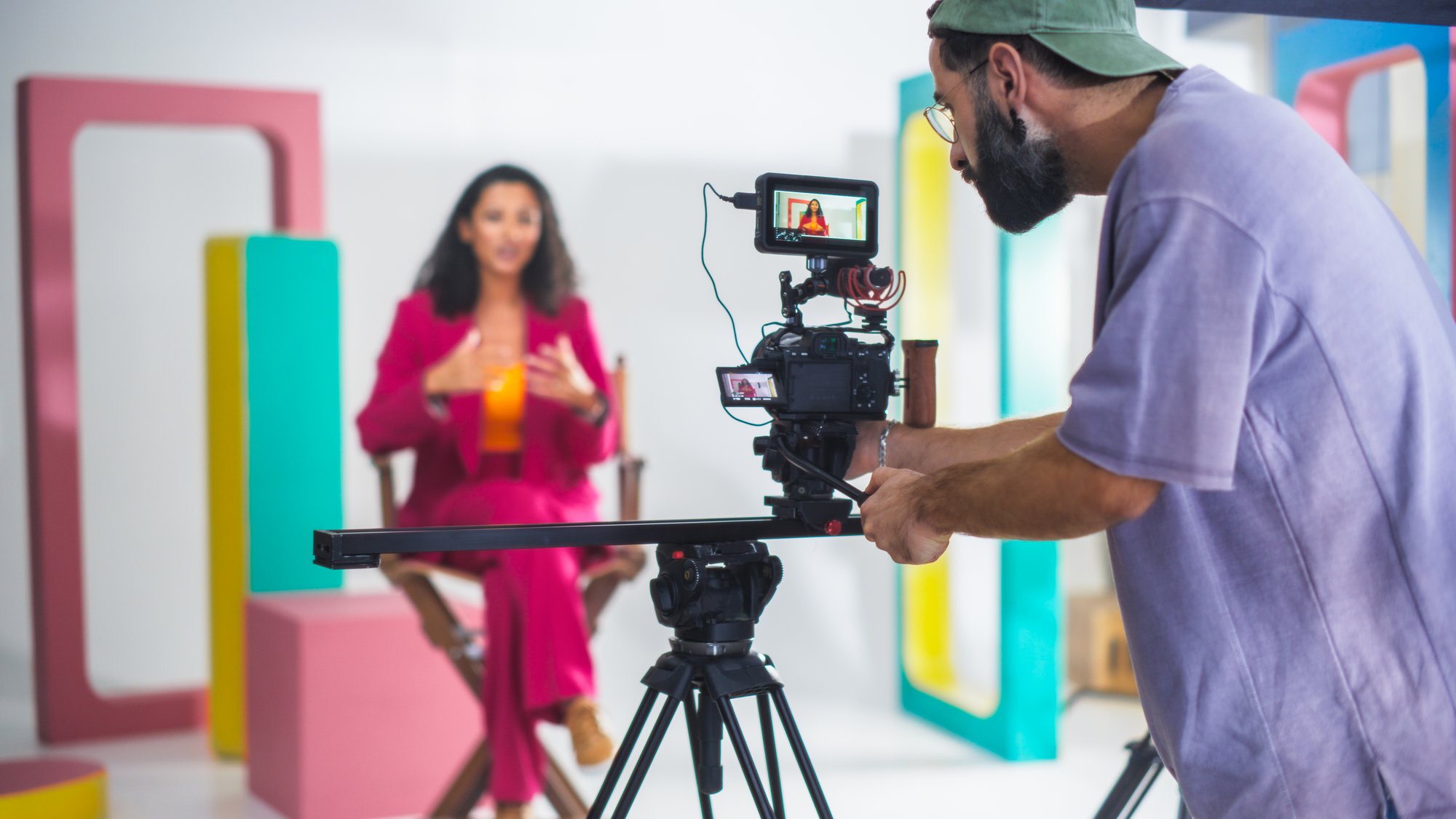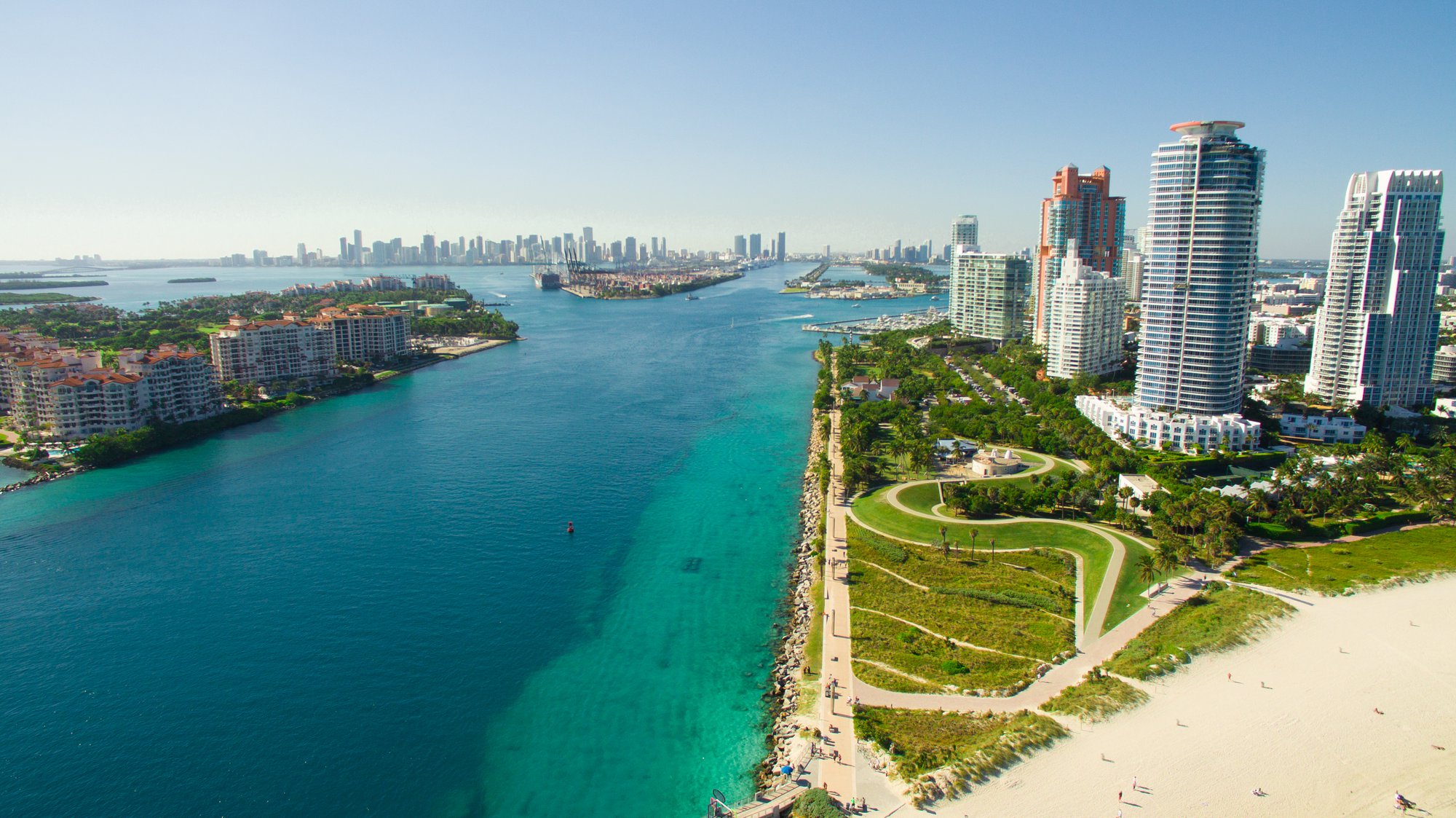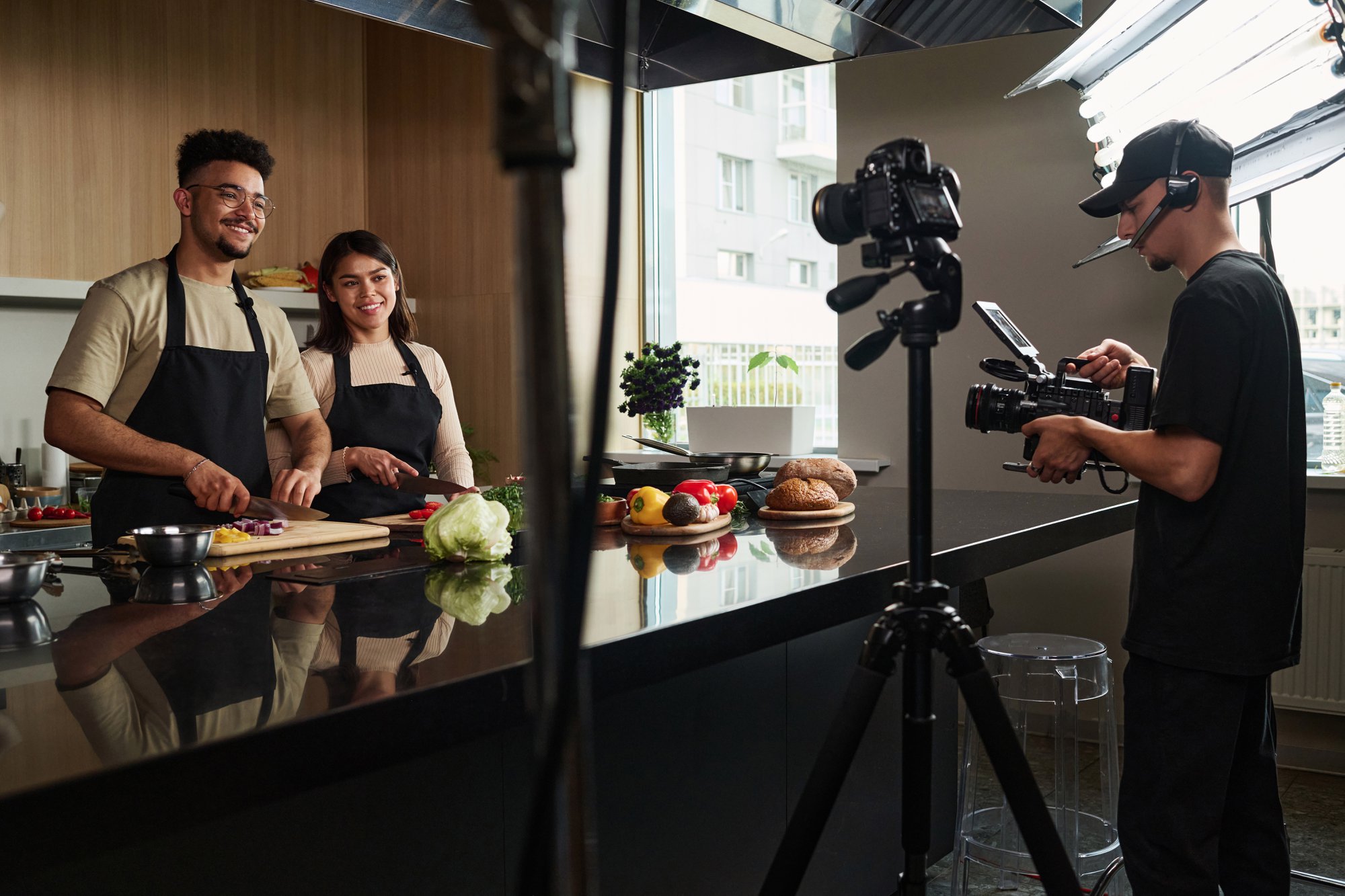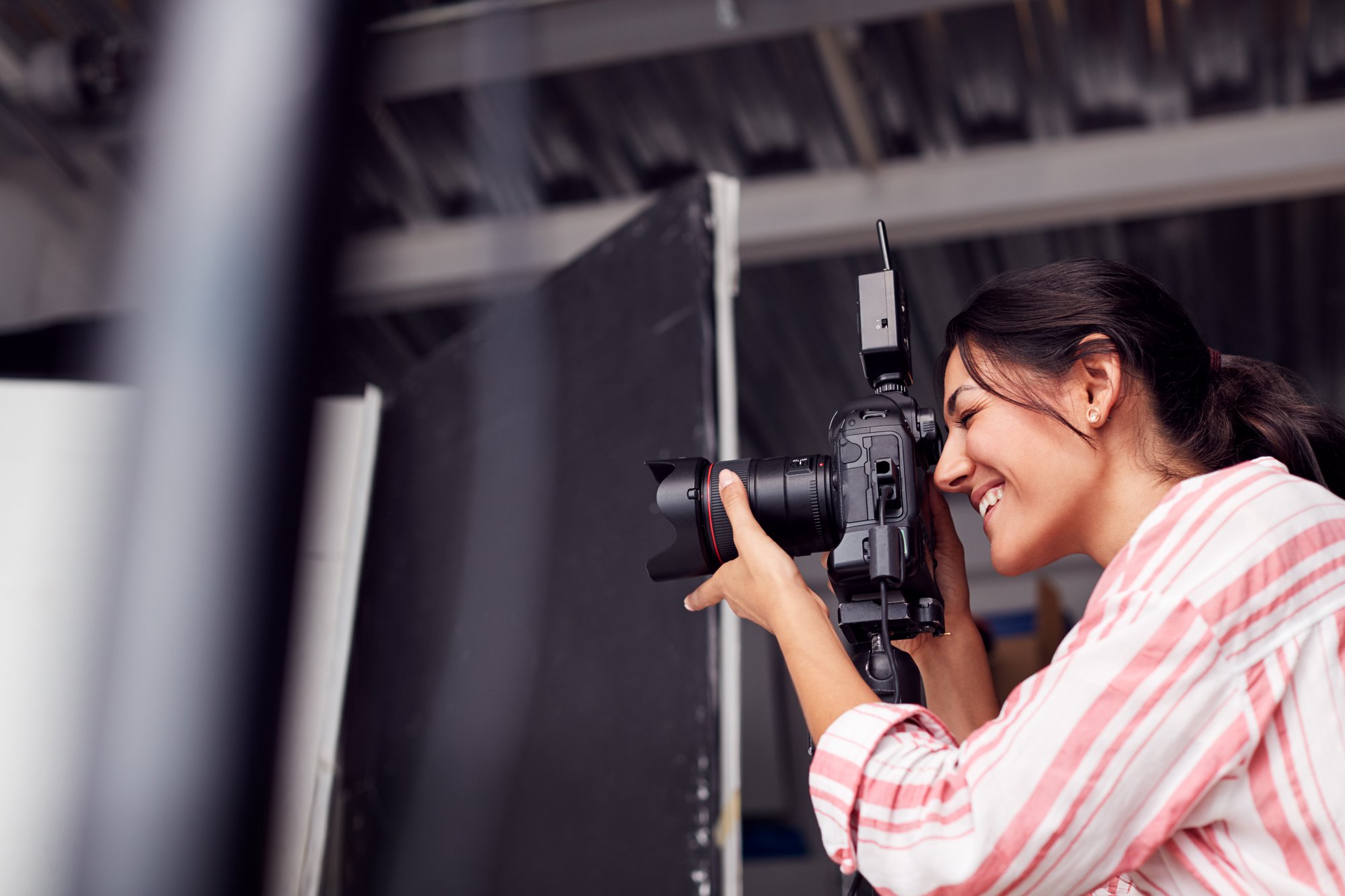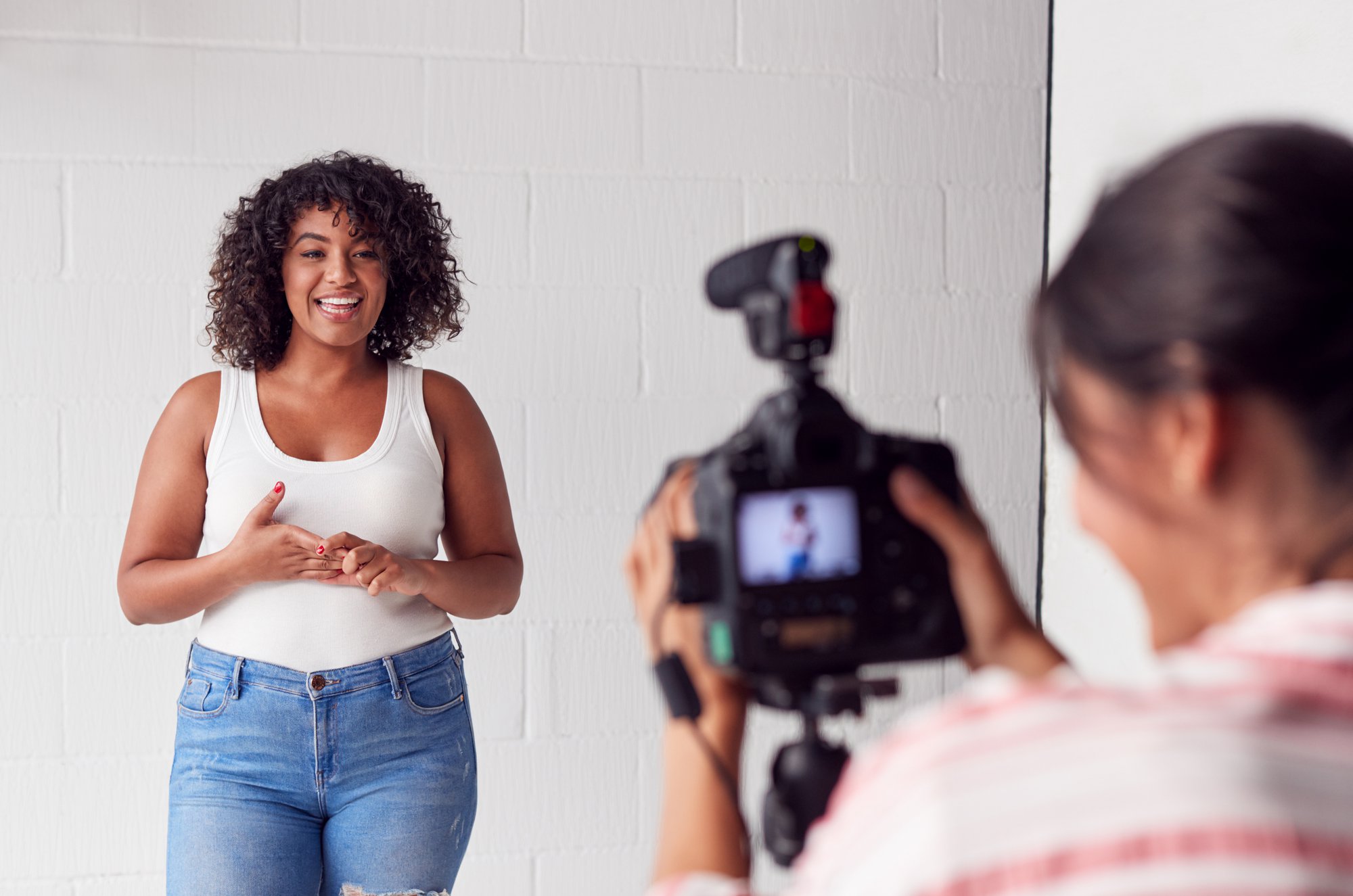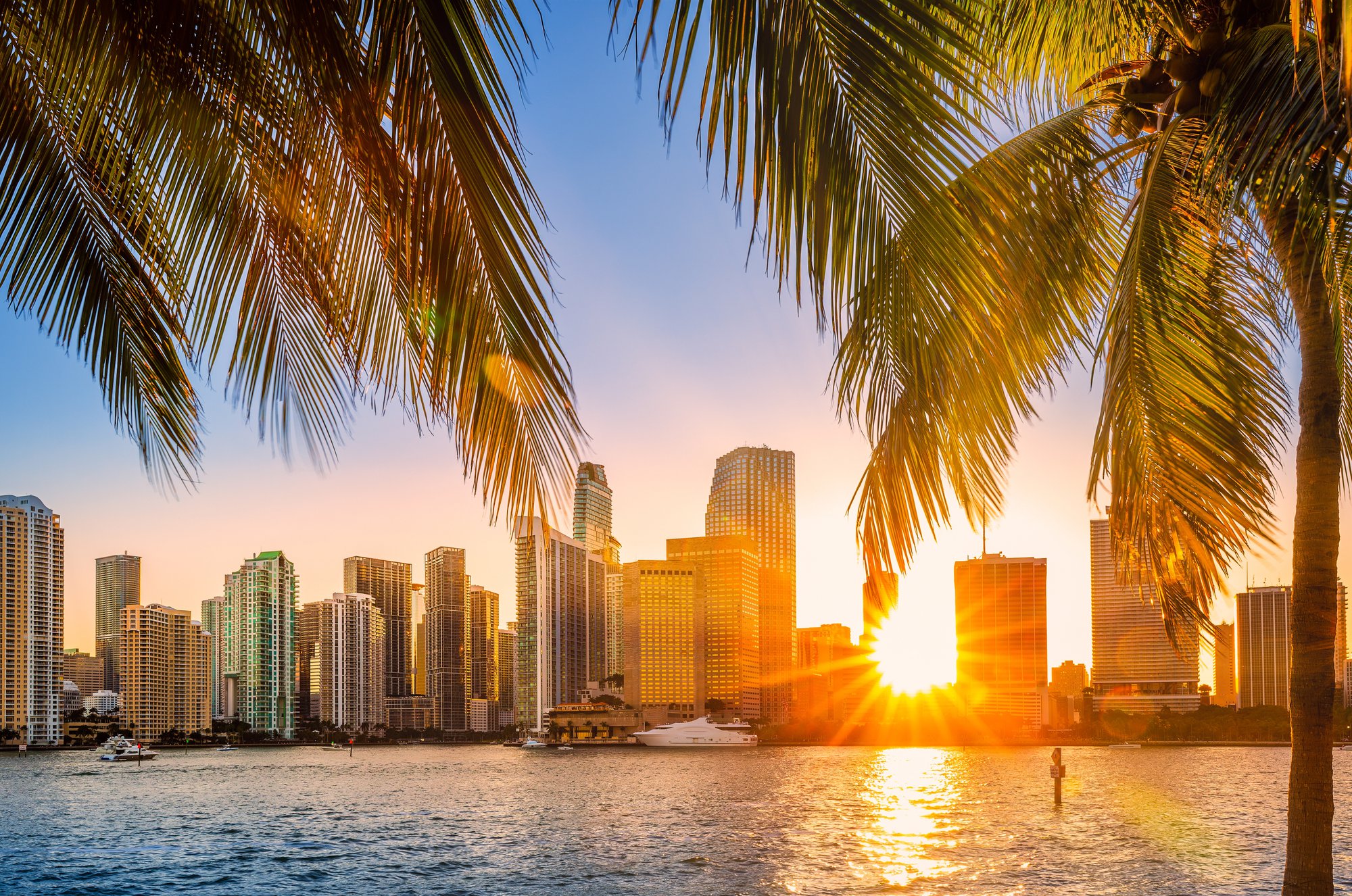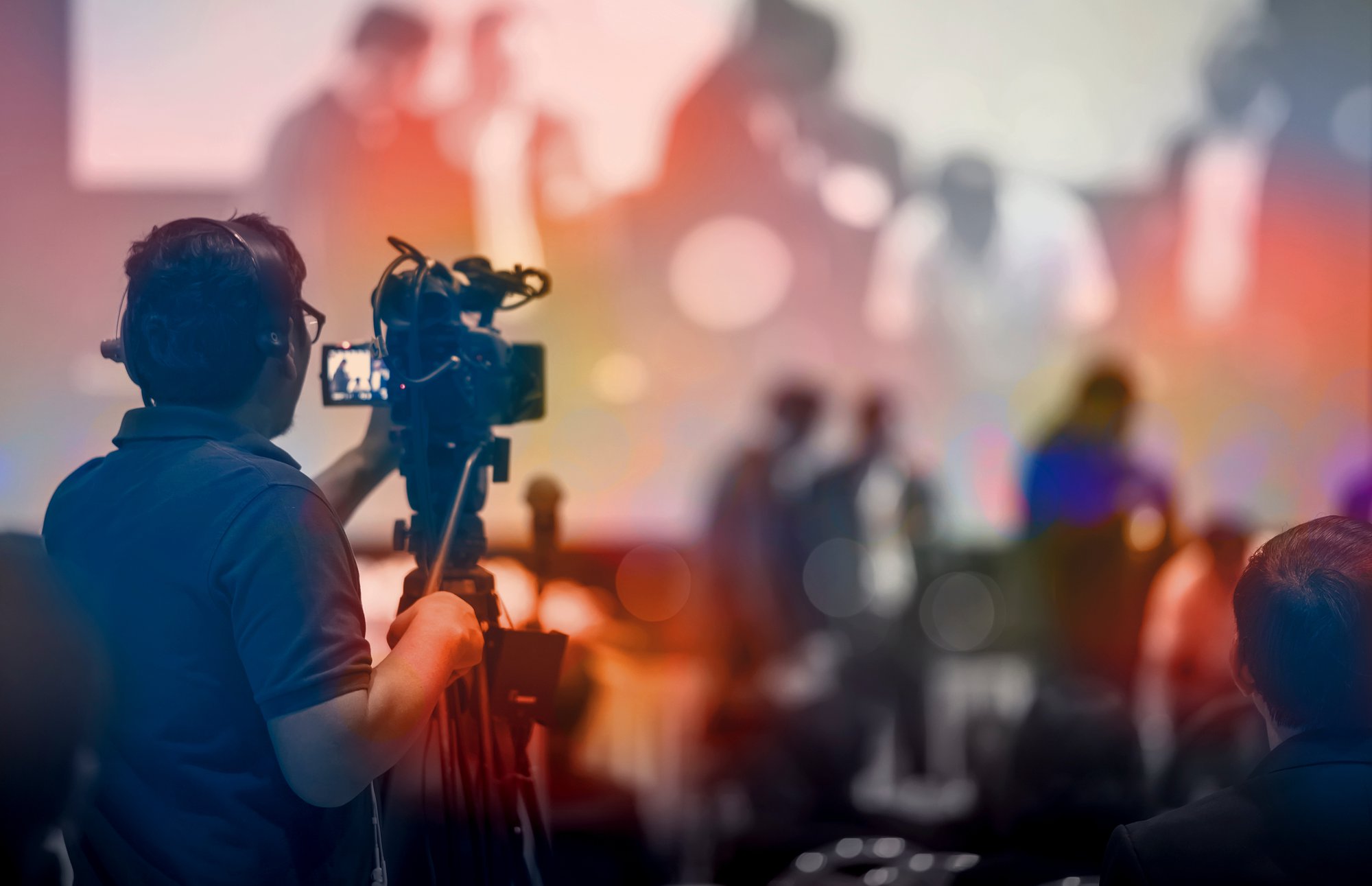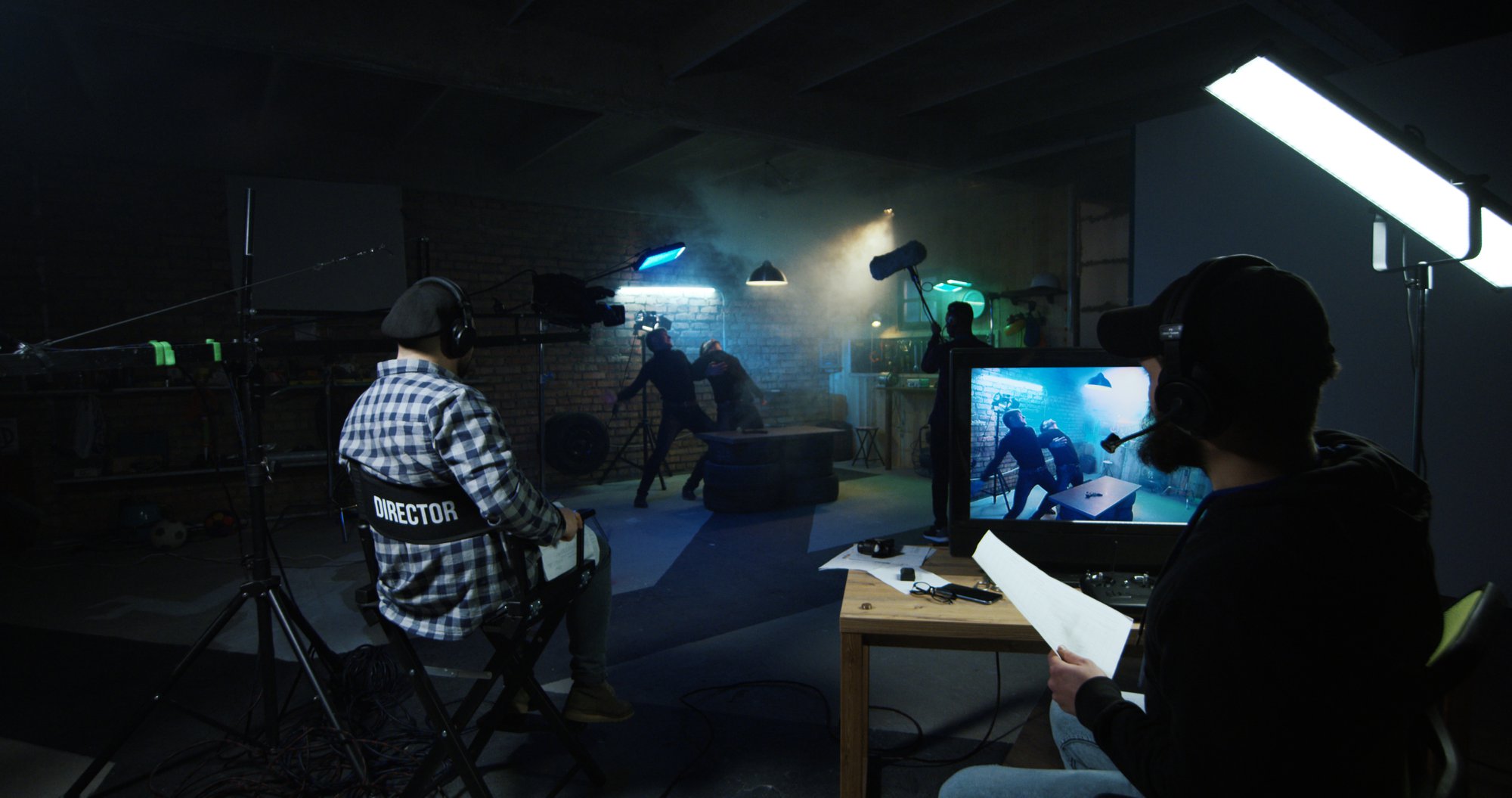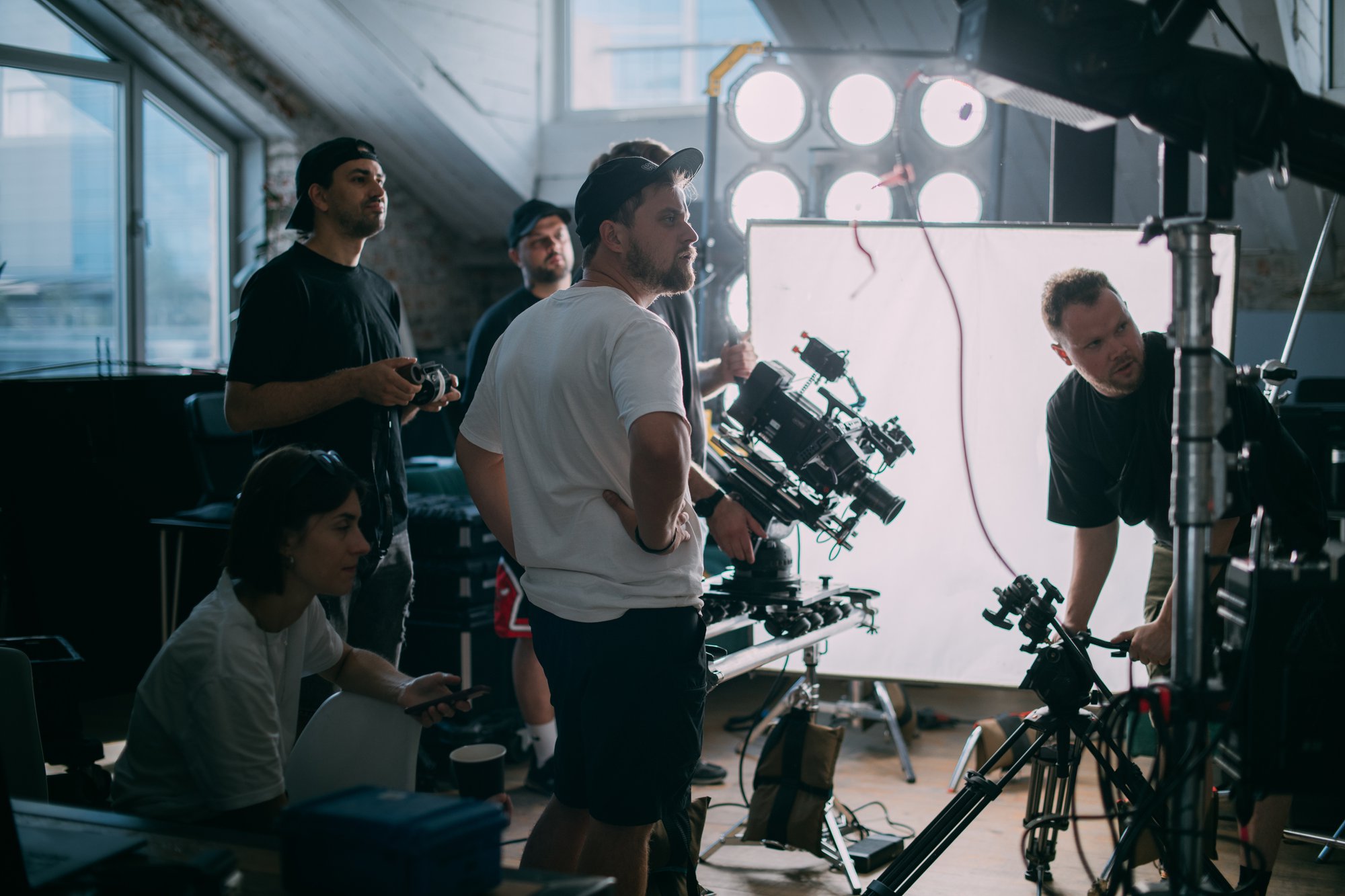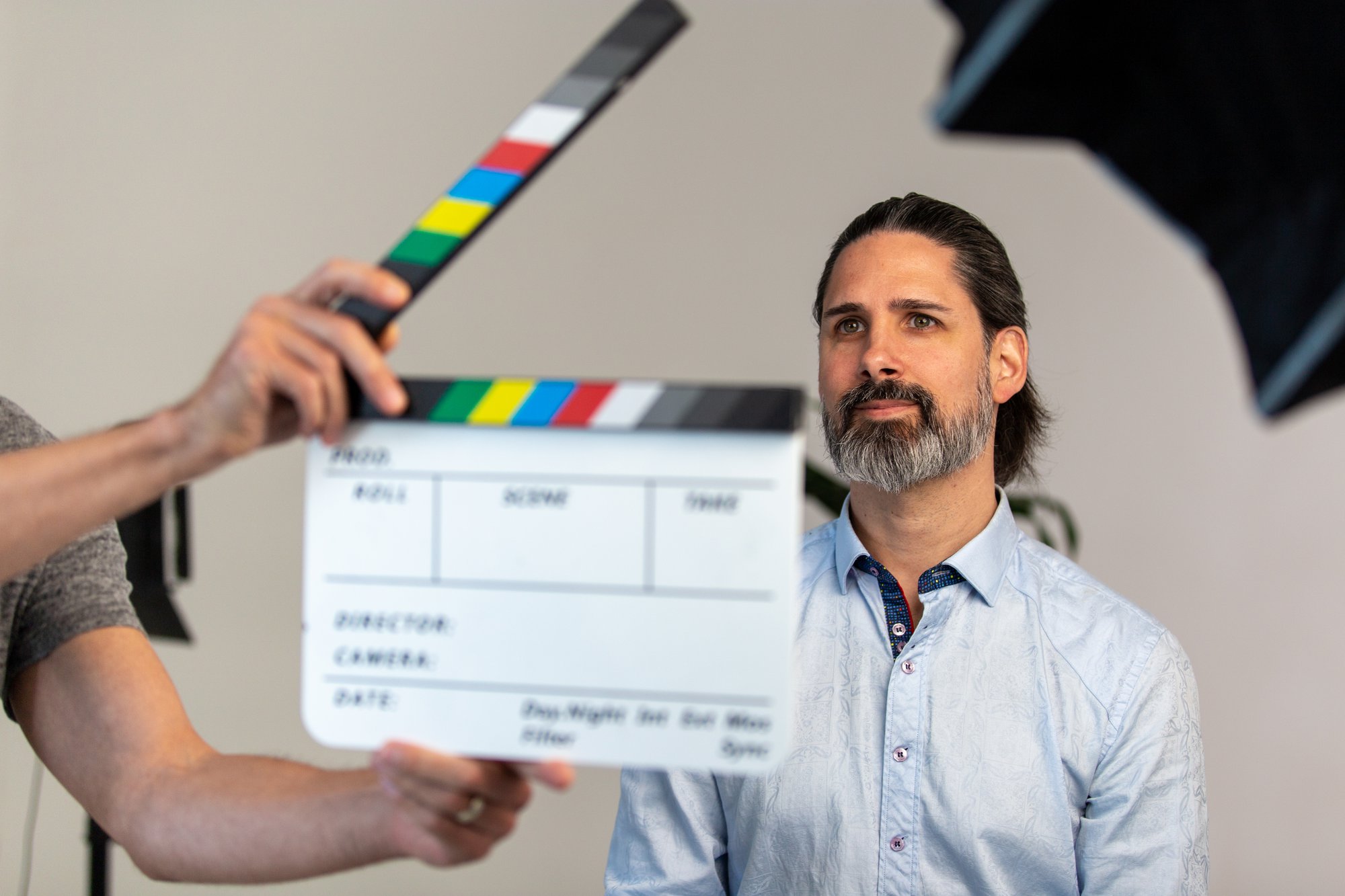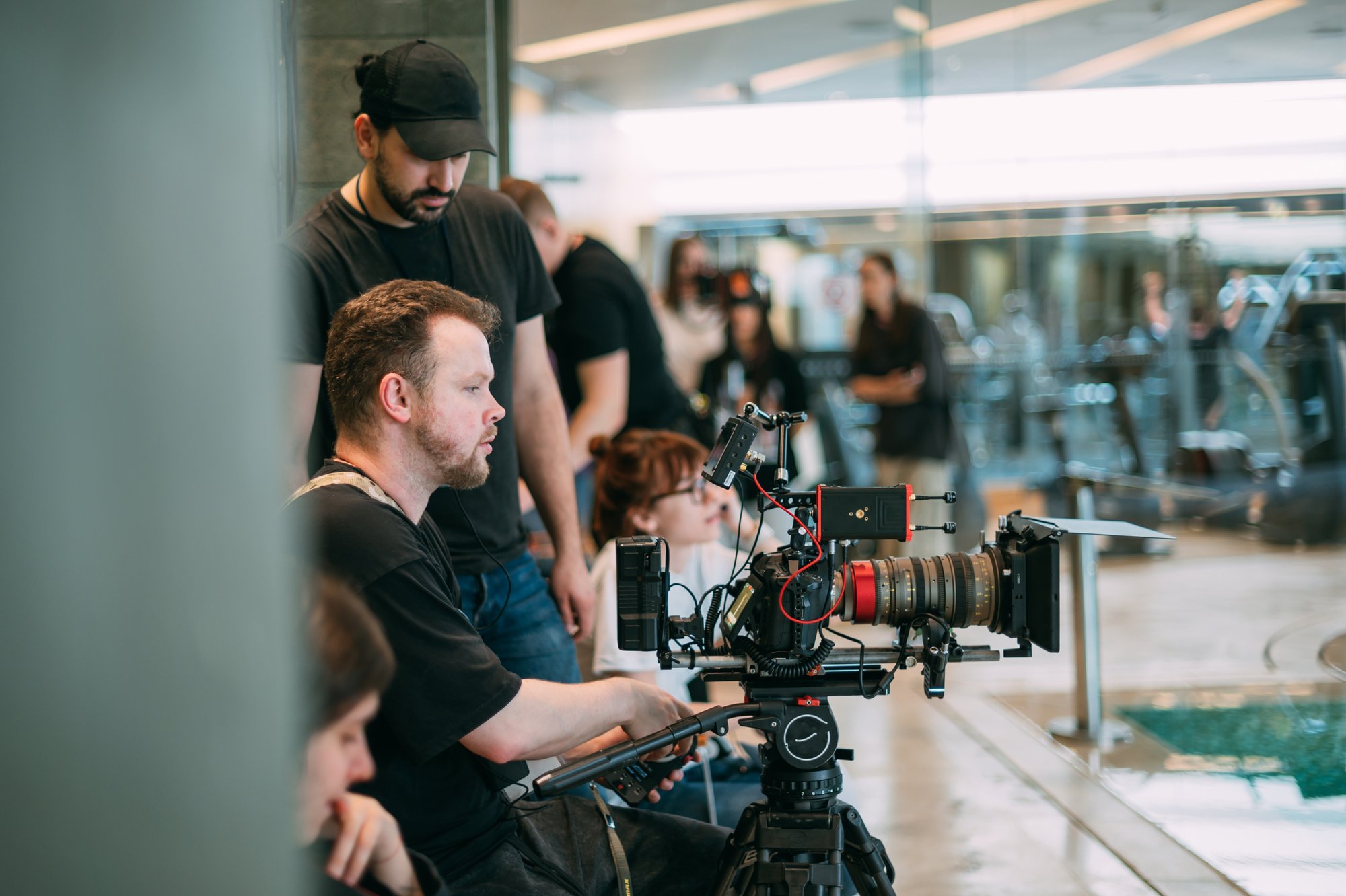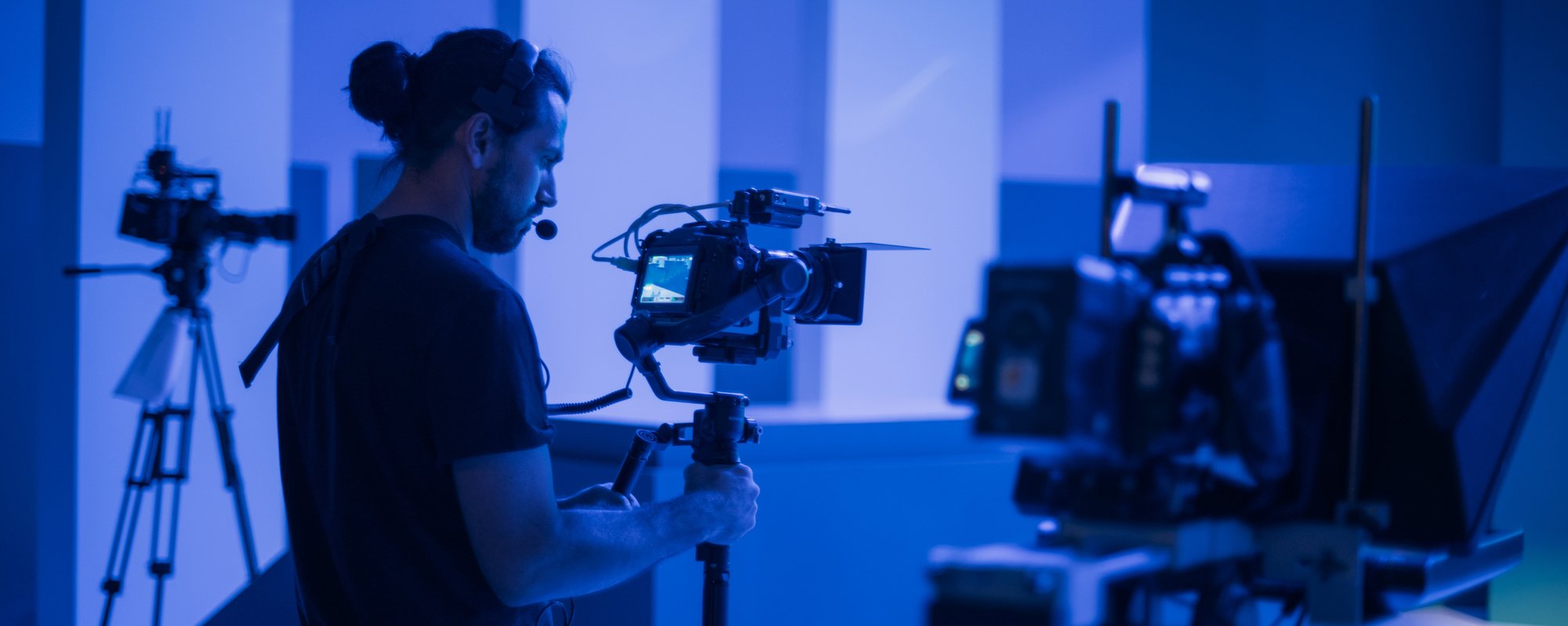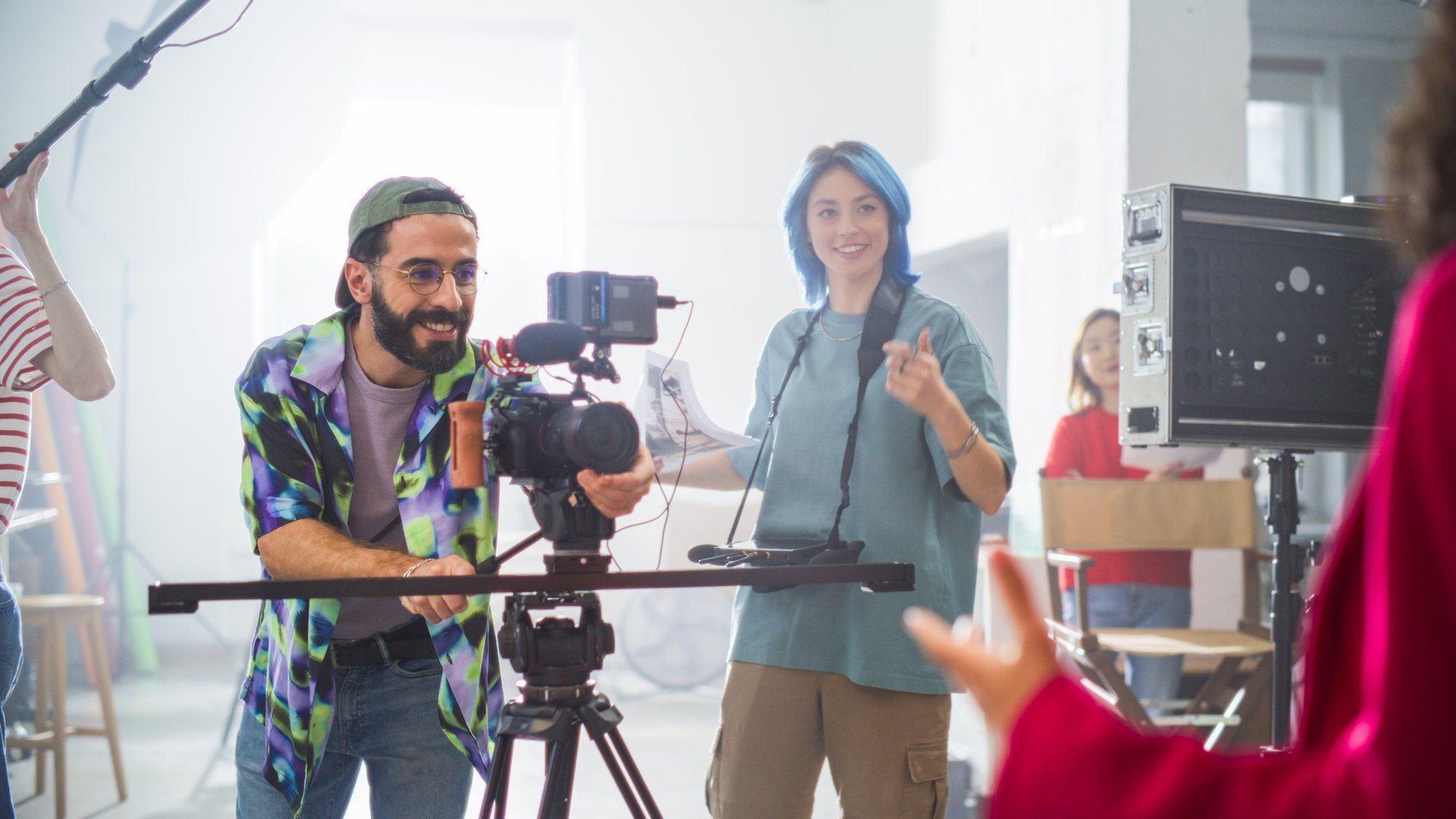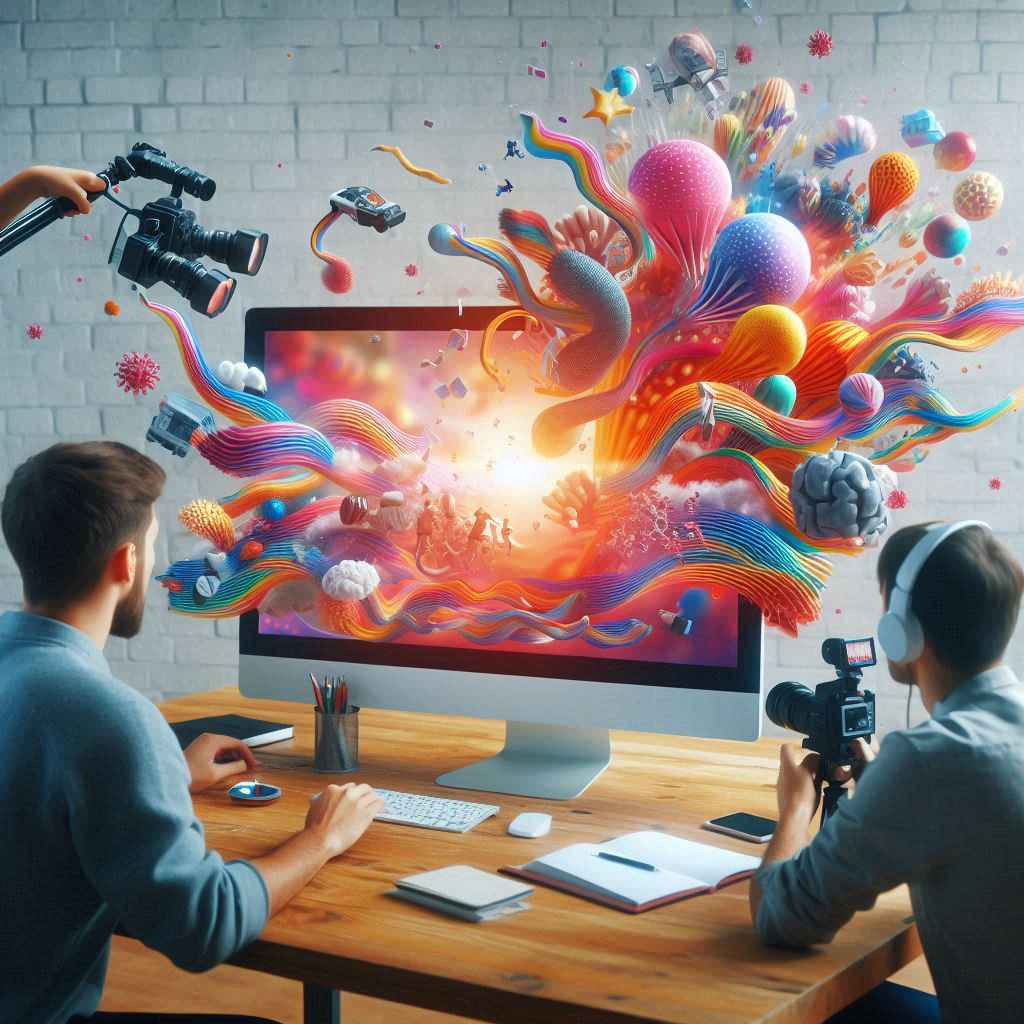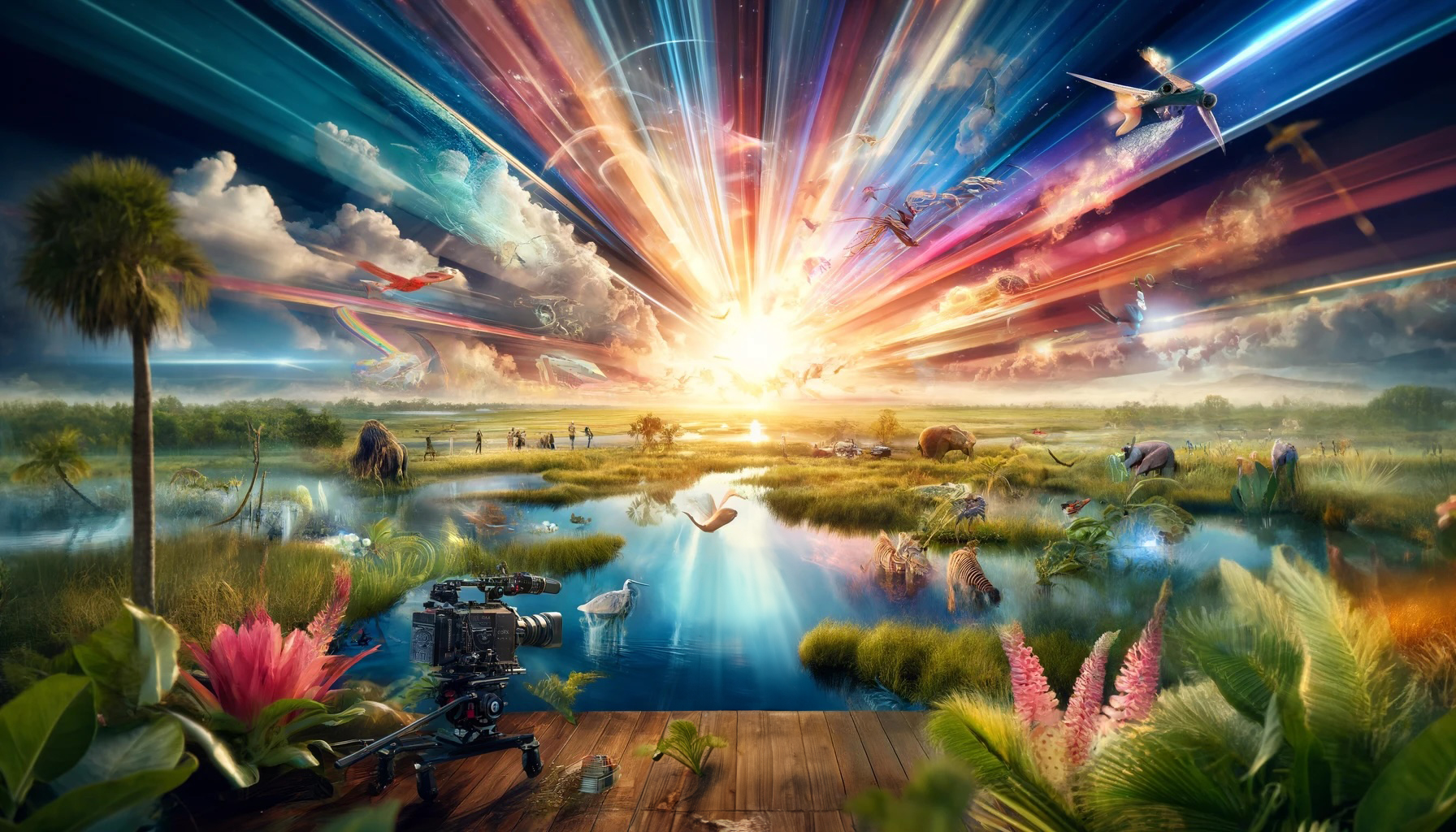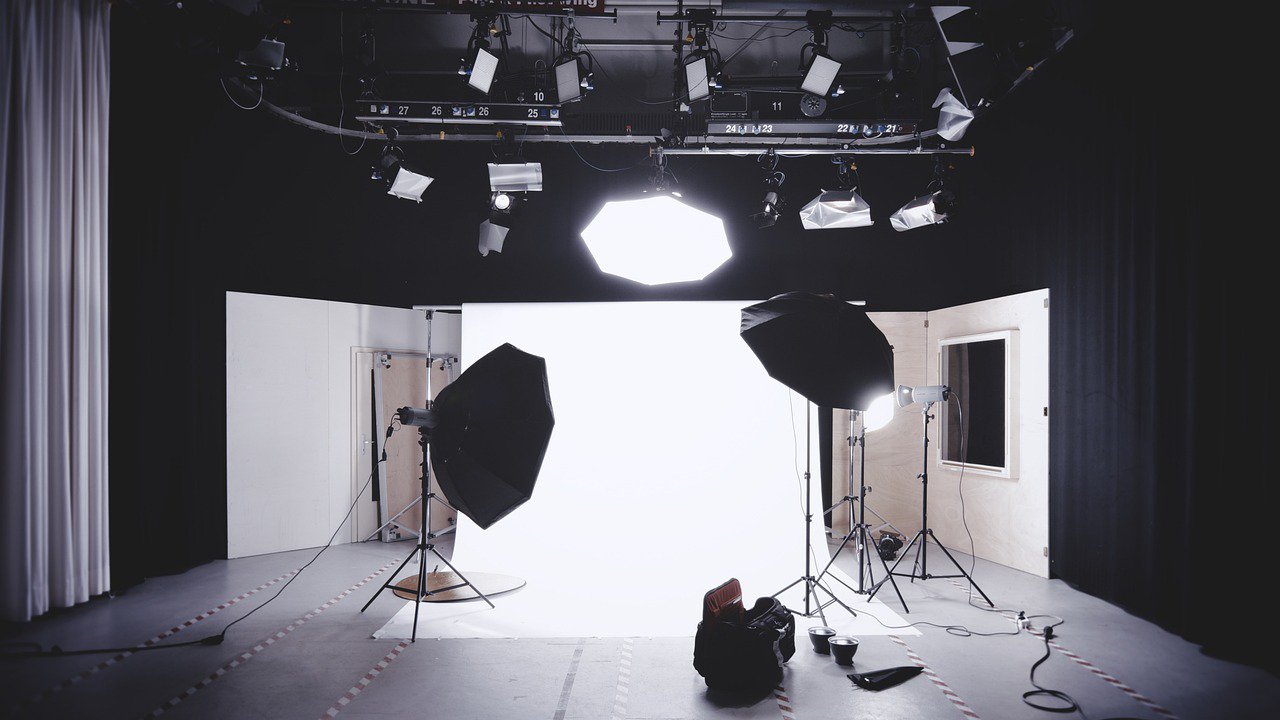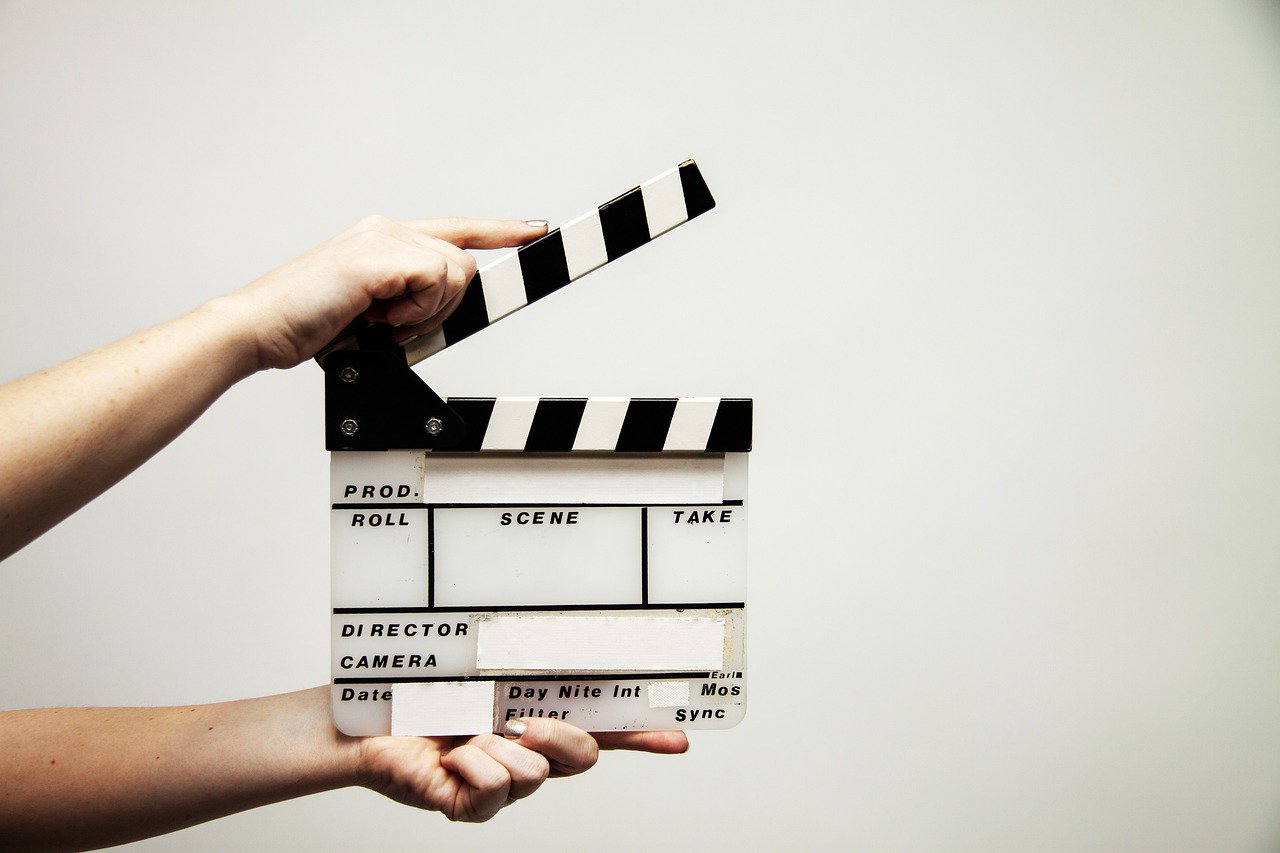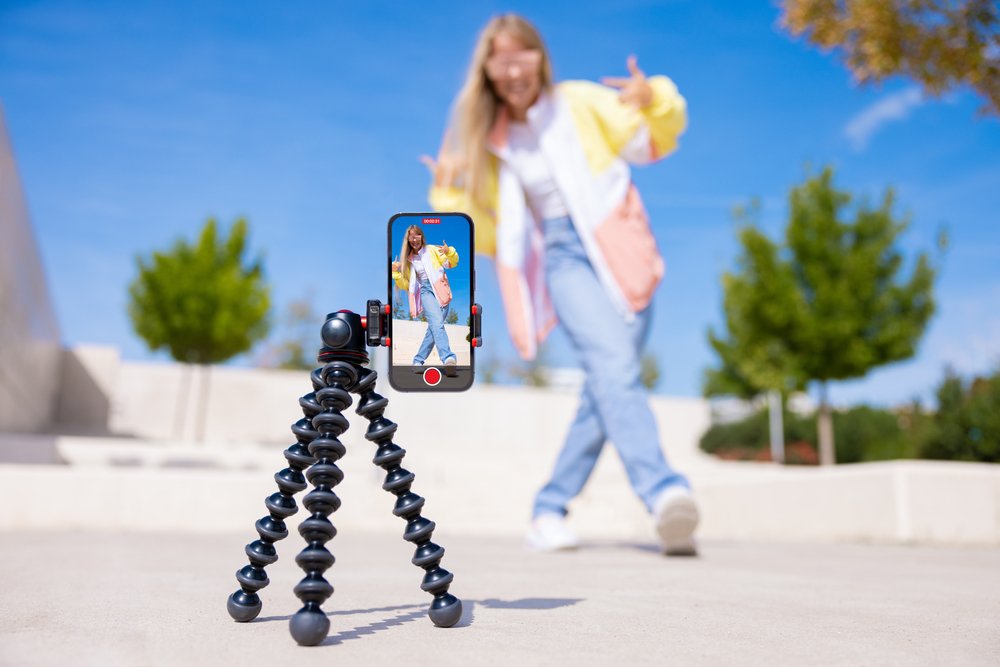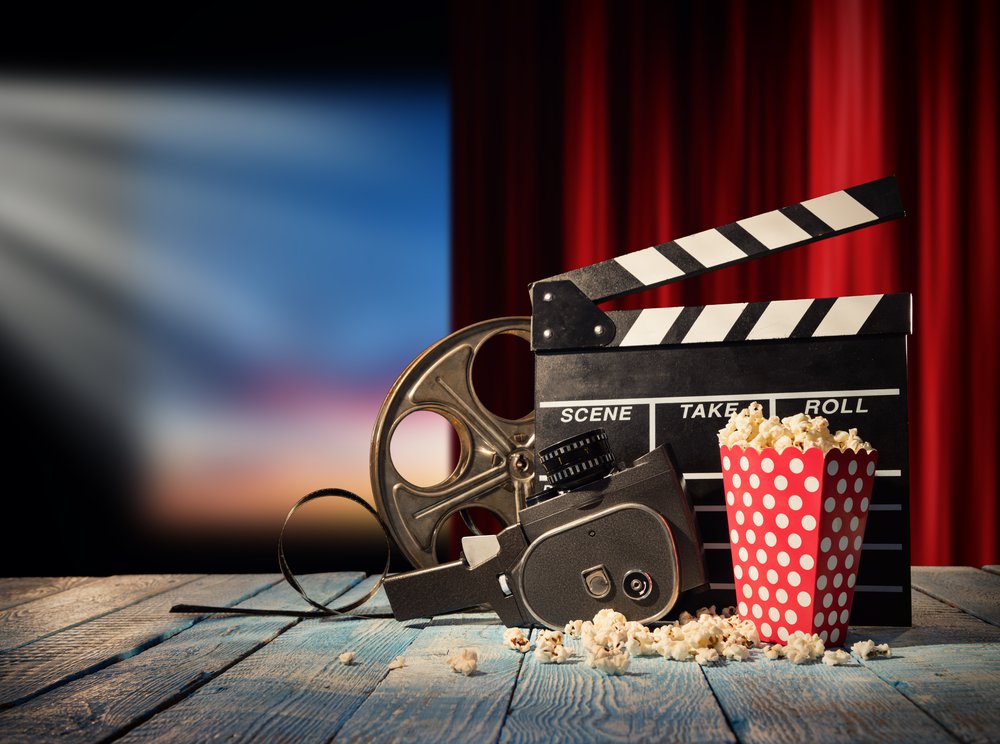When it comes to capturing stunning video, understanding how to find the best camera settings is essential. The intricate interplay of aperture, shutter speed, and ISO directly influences visual impact and storytelling. Understanding and customizing camera settings for varied shooting environments is essential for elevating the overall production value. Whether you're a seasoned videographer or just starting out, mastering your camera's settings can make a significant difference in the quality and impact of your footage.
In this blog, we'll explore key camera settings to consider and how to adjust them to create breathtaking videos. By the end, you'll have the knowledge to confidently control your camera and create cinematic masterpieces.
Understanding the Basics of Camera Settings
Before diving into the specifics of finding the best camera settings for videography, it’s important to first grasp the foundational concepts that make up your camera’s operation. Each camera, whether it’s a DSLR, mirrorless, or professional cinema camera, offers a range of settings and features. These can have a profound impact your footage's overall quality and style.

Start by familiarizing yourself with your camera's functions, as well as its strengths and limitations, so you can make informed decisions while shooting. Every camera has a different purpose, including a variety of strengths and weaknesses. Most brands have specific specialties that some professional production teams prefer.
For example, RED cameras are revered for their RAW filming capability, together with their high native resolution. Canons are easy to access, have a wide array of interchangeable lenses, and have solid image quality. These brands also have their weaknesses, as there is no truly perfect camera.
Begin with the camera’s user manual, which contains crucial information about your device's controls, menu options, and best practices. Watching tutorials or reading guides specific to your camera model can also offer insight into its capabilities.
Once you have a basic understanding, experiment with different settings and modes to observe how they influence your footage. Practice is still a crucial foundation for any video enthusiast. This hands-on approach allows you to better grasp how each adjustment interacts with your creative vision and the shooting environment. Developing this intuitive understanding of your camera forms the foundation for mastering the best camera settings.
Learn What Your Camera Settings Do
To truly master your camera and create exceptional videos, you need to learn what your settings do and how each one impacts your footage. Understanding the purpose and effect of each setting will allow you to make deliberate choices. It can also help build your creative vision and supplement the needs of your project. Whether it's adjusting exposure, managing focus, or controlling color and contrast, each setting can shape the overall quality and style of your video.
First, explore the basic settings such as frame rate, resolution, shutter speed, aperture, ISO, and white balance. Frame rate affects the smoothness of motion in your footage, while resolution impacts image detail and sharpness. Shutter speed influences motion blur and exposure, and aperture controls both depth of field and light levels. ISO regulates your camera's sensitivity to light, and white balance ensures accurate color representation. Familiarizing yourself with how these settings interact with your shooting environment and desired visual effects is crucial.
Optimizing Camera Settings for Varied Environments
Videographers often find themselves working in a variety of environments, from well-lit studios to challenging outdoor settings. Optimizing camera settings for different scenarios is essential for achieving high-quality footage and bringing your creative vision to life. In this section, we'll explore how to find the best camera settings for a range of environments, ensuring your videos maintain the desired quality and impact.

In low-light environments, such as nighttime scenes or indoor shoots, your priority is to balance brightness and image quality. Consider using a lower f-stop (aperture) to allow more light into the lens and increase ISO cautiously to avoid introducing digital noise. A slower shutter speed can also help increase exposure, but be mindful of potential motion blur. Using the best camera settings in these situations allows you to capture clear and vibrant footage even in challenging lighting conditions.
For bright outdoor environments, managing exposure is key to preventing overexposed highlights and washed-out footage. Utilize higher f-stop values to reduce light entering the lens, and adjust shutter speed accordingly to maintain proper exposure while avoiding motion blur. Neutral density filters can also help control light levels in extreme conditions. Experiment with different picture profiles to find one that maintains detail and dynamic range in high-contrast scenes, ensuring you capture the best possible footage.
In mixed lighting environments, such as indoor locations with natural light sources, finding the best camera settings requires careful attention to white balance. Using a custom white balance or shooting in RAW format can help maintain accurate colors and tones. Additionally, using autofocus or focus peaking can be beneficial when working with varied lighting and subject distances. Always test your settings in advance to ensure consistent results, adapting as needed for each unique shooting environment.
Customizing Camera Settings For Visual Storytelling
Creating visually compelling videos often requires customizing your camera settings to align with your creative vision and enhance the narrative you're telling. By making thoughtful adjustments to your camera's settings, you can emphasize certain aspects of your story and evoke the desired emotions in your audience. Let's explore how customizing the best camera settings can elevate your visual storytelling and bring your project to life.
1. Frame Rate for Mood and Emotion
Frame rate plays a crucial role in setting the mood and pace of your video. Standard frame rates, such as 24fps, offer a cinematic look, often associated with storytelling and drama. For projects aiming to create a sense of nostalgia or emulate traditional filmmaking, this frame rate is a perfect choice. If you want to emphasize action and movement or create a smoother, more polished look, consider higher frame rates like 60fps.
2. Shutter Speed for Visual Impact
Shutter speed affects motion blur and can be used creatively to influence the visual impact of your footage. For a natural and immersive storytelling experience, set your shutter speed to double your frame rate, as this mimics how the human eye perceives motion. Alternatively, slowing down the shutter speed can create artistic, dreamy effects, while speeding it up can emphasize fast-paced scenes and enhance dramatic tension.
3. Aperture for Depth and Focus
Aperture (f-stop) not only controls the amount of light entering the lens but also plays a significant role in the depth of field. A low f-stop, such as f/1.8, creates a shallow depth of field, focusing on a specific subject while blurring the background. This technique is great for drawing attention to key elements of your story. In contrast, a higher f-stop, like f/11, keeps more of the scene in focus, ideal for capturing wide, detailed shots and establishing the setting.
4. ISO for Atmosphere
Adjusting your camera's ISO can impact the overall atmosphere of your video. Lower ISOs produce cleaner images, while higher ISOs can introduce graininess, adding a gritty, raw texture that can be used creatively in certain storytelling contexts. Use ISO adjustments to manage your exposure while also shaping the tone and style of your video.
5. White Balance for Consistent Tone
White balance ensures colors appear accurate and consistent across your footage. By customizing your white balance settings to match your lighting conditions or using a custom setting, you can maintain a cohesive tone throughout your video. This consistency enhances the overall aesthetic and helps immerse your audience in the world you're creating.
6. Picture Profiles for Post-Production Flexibility
Choosing the right picture profile can provide more control over your footage during post-production. Flat or log profiles offer greater dynamic range, allowing for more nuanced color grading and contrast adjustments later. This flexibility can be beneficial for achieving specific visual styles that enhance your storytelling.
7. Focus Techniques for Creative Emphasis
Proper focus can help you guide your audience's attention to the most important aspects of your story. Experiment with manual focus for precise control over focus pulls, creating dynamic shots that shift focus from one subject to another. Alternatively, use advanced autofocus modes to track moving subjects and maintain sharpness throughout fast-paced scenes.
Unlocking Your Creative Vision With The Best Camera Settings
Incorporating the best camera settings allows you to craft compelling narratives and visually stunning videos that captivate your audience. Understanding and customizing your camera settings for various environments and storytelling techniques can elevate your projects to new heights. If you're looking to take your visual storytelling to the next level, working with a professional video production team can provide the expertise and support you need. Discover our expert video production services today to bring your creative vision to life.

